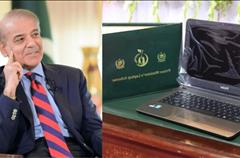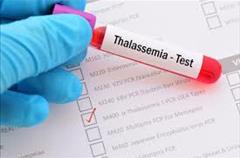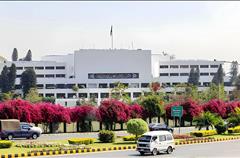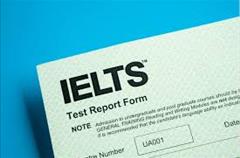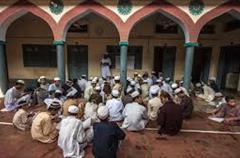In a groundbreaking move, the Punjab government is set to introduce technical education in public schools starting with the upcoming academic year. This ambitious program aims to provide middle and high school students with practical skills in various technical fields, equipping them for future professional success.
Khalid Nazir Wattoo, Punjab’s Secretary for School Education, is spearheading the initiative. He emphasized the importance of empowering students with skills tailored to meet modern-day challenges and professional demands.

Objectives of the Technical Education Initiative
-
Enhance Employability: Equip students with practical skills to thrive in the workforce.
-
Career Orientation: Prepare students for specific career paths through focused technical subjects.
-
Promote Skill-Based Learning: Shift from traditional rote-based education to hands-on learning.
Key Features of the Program
Curriculum Highlights
The curriculum for this program will cover four main areas:
| Subject | Key Focus Areas |
|---|---|
| Agriculture | Modern farming techniques, crop management, and agribusiness basics. |
| Information Technology | Basic programming, software tools, and digital literacy. |
| Health Sciences | Fundamental health care practices, first aid, and community health. |
| Fashion Design | Basics of design, textile knowledge, and tailoring techniques. |
Integration into Existing Education System
-
Middle Schools: Introduction of technical subjects alongside core academic courses.
-
High Schools: Advanced technical training with a focus on industry-specific skills.
-
Customized Textbooks: New textbooks are being developed to cater to the unique needs of technical education.
Implementation Plan
Role of Education Authorities
Khalid Nazir Wattoo has instructed education officials across Punjab to take the following steps:
-
Student Enrollment Data: Collect and report the number of students opting for technical education at the middle and high school levels.
-
Resource Allocation: Ensure the availability of infrastructure and teaching staff for technical subjects.
-
Training for Teachers: Organize specialized training programs to upskill teachers for technical education.
Textbook Printing
-
Tailored Content: Textbooks designed to align with the practical and theoretical aspects of the curriculum.
-
Timely Distribution: Books to be printed and distributed before the academic year begins.
Benefits of the Program
For Students
-
Skill Development: Acquire practical skills in high-demand areas.
-
Career Readiness: Early exposure to professional environments and challenges.
-
Holistic Education: Blend of academic and technical knowledge for overall development.
For the Economy
-
Workforce Development: Creation of a skilled workforce to meet market demands.
-
Reduced Unemployment: Empower students to enter the job market with relevant skills.
For the Community
-
Empowered Youth: Students equipped to contribute positively to society.
-
Knowledge Sharing: Increased awareness of health, technology, and sustainable agriculture practices.
Vision for the Future
Wattoo highlighted the long-term vision of this initiative, stating, “By integrating technical education into public schools, we aim to create a generation of skilled individuals who are ready to excel in their chosen fields.” This program represents a significant shift towards a more skill-oriented education system, with the potential to transform the educational landscape of Punjab.
Challenges and Solutions
Challenges
-
Infrastructure: Availability of labs and equipment for practical learning.
-
Teacher Training: Ensuring teachers are adequately trained for technical subjects.
-
Student Interest: Encouraging students and parents to embrace technical education.
Proposed Solutions
-
Government Investment: Allocate funds for building technical labs and procuring equipment.
-
Collaborations: Partner with industry experts and vocational training institutes.
-
Awareness Campaigns: Promote the benefits of technical education through workshops and seminars.
Explore Educational News
Related News
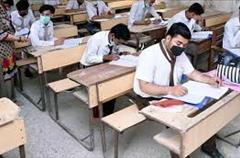
Punjab Increases Registration Fee for Matric
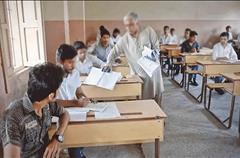








.gif)








1.jpg)
